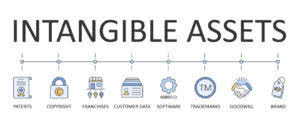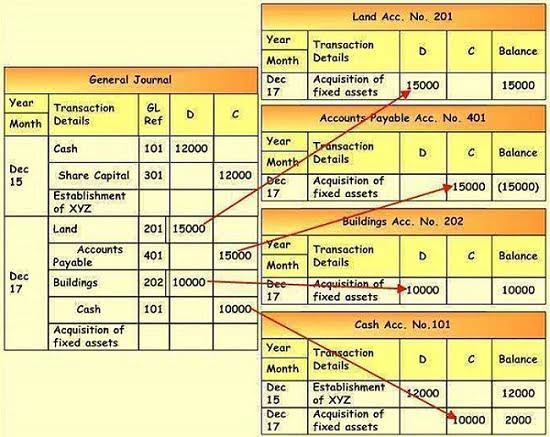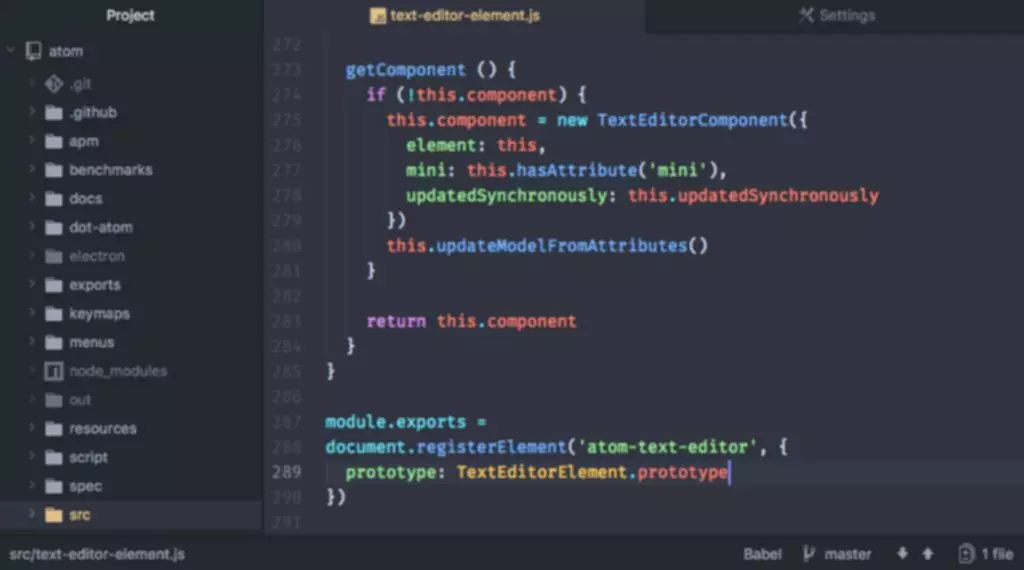
Some credits are even only available to those living below a certain income level. A progressive tax doesn’t hurt the wealthy as much, because, even after the tax, they can afford the basics and more, although it may decrease their ability to invest in stocks or purchase luxury items. The adjustability of subsidies given to the poor households by the system eliminates the welfare trap issue faced by other proposals (i.e. means-test).

Types of Taxes
When the tax burden is placed more heavily on high-income earners, the government can use that revenue to fund social programs and initiatives that benefit low-income earners. Some countries including Estonia and Bolivia have a “flat” tax system that imposes the same income tax rate on everyone, no matter how much they earn. Advocates of flat taxes argue that the simplicity and transparency of this system can reduce compliance costs, stimulate economic activity, and attract economic investment. By taking the wealthiest a lower amount, more money from these people can be put into the economy to drive job growth and business development. Last, critics also point out that the simplicity of flat taxes, while appealing, might oversimplify the intricacies of people’s financial situations.

Can Progressive Taxes Reduce Income Inequality?
It leaves them with less disposable income and they might also not have the incentive to optimize their productivity since the marginal income is taxed at an extremely high marginal rate. This may lead to a reduced level of investment, which can have a detrimental effect on the overall economy in the long-term. Broadly, the marginal tax rate equals the change in taxes, divided by the change in tax base, expressed as a percentage. Progressive taxes mean that as an individual earns more, they will face higher rates of tax. If an individual who is currently in the 12 percent tax bracket would like to work extra hours or take a second job, they could end up facing the 22 percent bracket on their extra earnings.
Progressive Tax Benefits vs. Flat Tax Benefits

Progressive tax systems improve the poor’s ability to purchase everyday items as well, increasing economic demand. How much you ultimately pay in taxes depends on several factors, including whether you’re single or married, what tax deductions are available to you, and of course, how much you earn. The content contained in this blog post is intended for general informational purposes only and is not meant to constitute legal, tax, accounting or investment advice. You should consult a qualified legal or tax professional regarding your specific situation. No part of this blog, nor the links contained therein is a solicitation or offer to sell securities.

Progressive taxes vs. regressive taxes
These earners spend a larger percentage of their incomes on regressive taxes than people who earn more. A single taxpayer with a taxable income of $50,000 in 2024 doesn’t pay the 22% rate on all their income. They pay 10% on the first $11,600 then 12% on income from $11,601 to $47,150. what is the defining feature of a progressive tax? Individual taxpayers pay a set percentage of annual income regardless of how much they earn under a proportional income-tax system. The fixed rate doesn’t increase or decrease as income rises or falls. An individual who earns $25,000 annually would pay $1,250 in tax at a 5% rate.
Average federal income tax rate by income group (
When tax revenue is spread more evenly across the population, the government can use that revenue to fund public goods and services that benefit everyone. These public goods and services can include infrastructure projects, environmental protection initiatives, and national defense. For example, the revenue from a progressive tax system can be used to fund education, https://www.bookstime.com/ healthcare, and affordable housing initiatives. In the context of taxation, this means that those with more should pay more taxes than those with less. Progressive taxation is seen as a way to achieve distributive justice by redistributing wealth from the rich to the poor. The changes have reduced some of the tax savings for those on high incomes.
- Under it, taxpayers are grouped into tax brackets according to their taxable income.
- Food prices are up about 20% from three years ago, and persistent inflation is on the minds of 57% of Americans.
- Progressive tax systems are designed to be fairer by placing a higher burden on high-income earners.
- Also, the demand for certain commodities that are either subsidized or are part of the basic commodities increases.
- Tax incidence or tax burden does not depend on where the revenue is collected, but on the price elasticity of demand and price elasticity of supply.
- What this means is that after a person consumes part of their income, rather than keeping the balance in an unproductive state, it can be put in an income-generating activity.
- This characteristic results in a reduction of the ability of the party to participate in the market to the level of willingness that would have been present in the absence of the tax.
- Depending on their income and level of private health cover, individuals may also have pay to a Medicare levy.
- You should consult a qualified legal or tax professional regarding your specific situation.
- In theory, income inequality is reduced with progressive taxes as the wealthier support programs that are perhaps more useful to lower-income individuals.
- Level-up your tax knowledge with free educational resources—primers, glossary terms, videos, and more—delivered monthly.
- They may result in a proportionately higher tax burden on lower-income individuals.
- How progressive a tax structure is depends upon how much of the tax burden is transferred to higher incomes.














